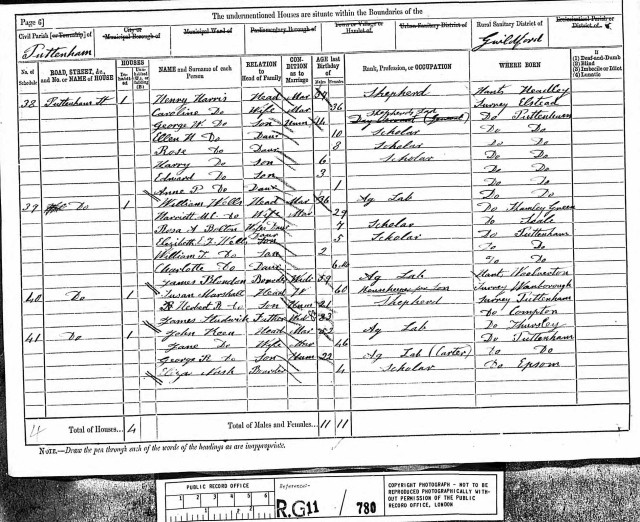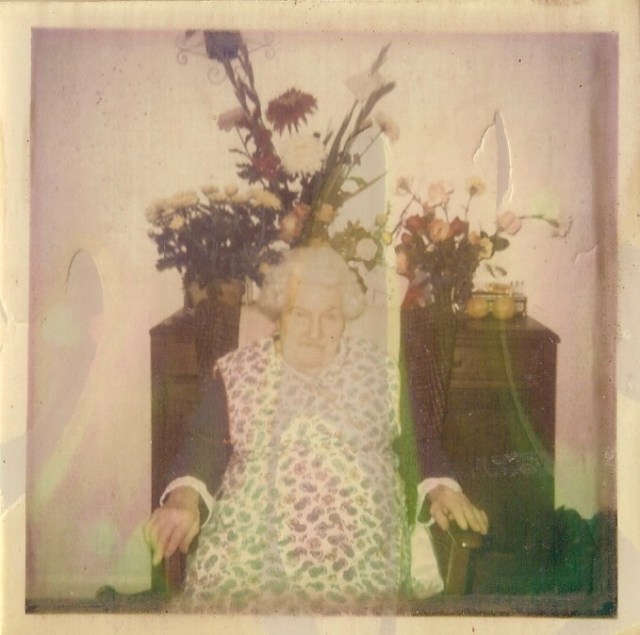
Created by Julie Goucher, 2023
I had to be a little creative with this one and instead of citations went with notations and citations.
Google gives this definition for notations:
“annotation, jotting, inscription, comment, footnote, entry, minute, record, item, memo, gloss, explanation, explication, elucidation, marginalia, exegesis, rare scholium“
We cite our sources so that we can:
- Document our research
- Show our research has credence. The research is sound and integrity as it’s base
- As a way of supporting our theory and assertions
- To show our sources are reliable
- To enable us and others to follow the research pathway
It is important to have consistent citations, but any citation is better than no citation. If your citations are not perfect, go back and correct them at some point. As long as you provide a trail for someone else to follow that will be sufficient in the short term.
A good source citation will tell you the answer to these questions:
- Who – Who is the source referring to?
- What- What does the source document?
- When – When was the event, and when was the source created?
- Where – Where is the source located (which repository or archive)
- Where – Where did you access it? (On Ancestry.com, online, at the library, etc.)
Some links for further reading:
My personal view with citations for my One-Name study is to document where the information came from. So for a US Census I would cite it as NARA and then say where I accessed the material.
For material from The National Archives (TNA) at Kew I would give the Census year, the RG reference and then say where I accessed the information. I do this because most organisations who enter into an arrangement with Ancestry, FindmyPast or The Genealogists will do so for a period of time. That means that at some point, material on Ancestry, or other providers might switch to another provider. There are documents in my files where I saw the material at a repository which no longer exists as a single establishment, but is now part of another, large organisation and I have subsequently seem the same material in more than one place.
An example of this is the image below, the 1881 Census for my Great Grandmother, Annie Prudence Harris, then aged 1 year and living in Puttenham Surrey with her parents and siblings.

Annie Prudence Harris (married name Butcher) – 1881 Census, Puttenham Surrey – Class: RG11; Piece: 780; Folio: 91; Page: 6; GSU roll: 1341183 – The National Archives (Kew) and accessed 15 March 2018 via Ancestry
- I first saw the document on a microfilm in the summer of 1989 at Guildford local studies library
- I later saw the document on a microfilm in 2003 at the Surrey History Centre, Woking
- I have a complete set of the Census material in my filing cabinet in my office as part of my Puttenham and Wanborough One-Place Study
- I have seen the image via Ancestry
- The source citation is actually Class: RG11; Piece: 780; Folio: 91; Page: 6; GSU roll: 1341183
And the photograph below is how I remember her, from when I was about 2 or 3 years old, living in Guildford, with my Great Aunt. One of my earliest memories is snuggling with her on the bed, when she was an very elderly lady smelling of lavender. The day I saw her on the 1881 Census as a child, was a really special moment and from then I was hooked!
This photograph sits within my Butcher One-Name Study and by the time this photograph was taken, Annie had been widowed between 25-27 years. Her husband, my maternal Great Grandfather Charles Butcher died in 1943.

Annie Prudence Butcher (nee Harris) 1880-1972 – image owned by Julie Goucher





 which takes A4 sheets and has some space over and have one for each of my studies. I then have several drawers and files in the filing cabinet relating to my One-Name Studies specifically and plan to make the entire website the home of my study material. Dumping all the paper and only retaining photographs, certificates and documents.
which takes A4 sheets and has some space over and have one for each of my studies. I then have several drawers and files in the filing cabinet relating to my One-Name Studies specifically and plan to make the entire website the home of my study material. Dumping all the paper and only retaining photographs, certificates and documents.